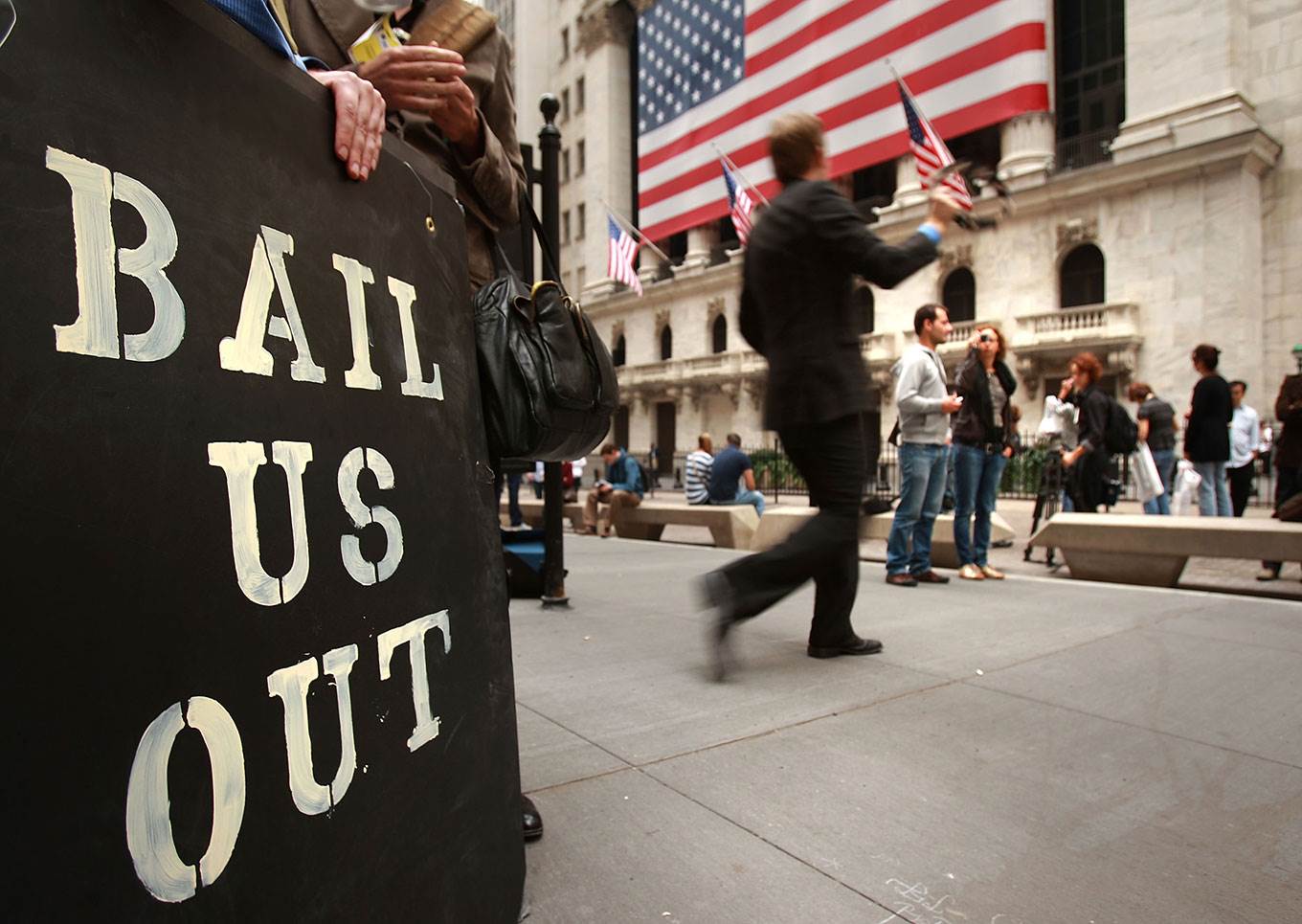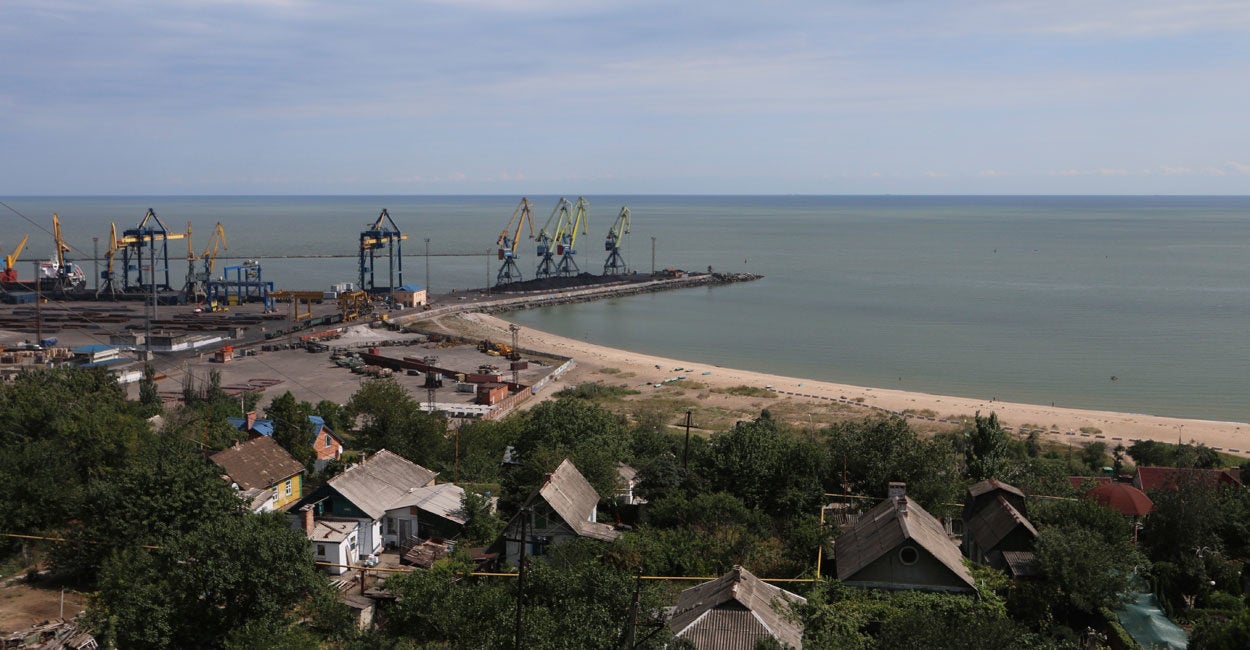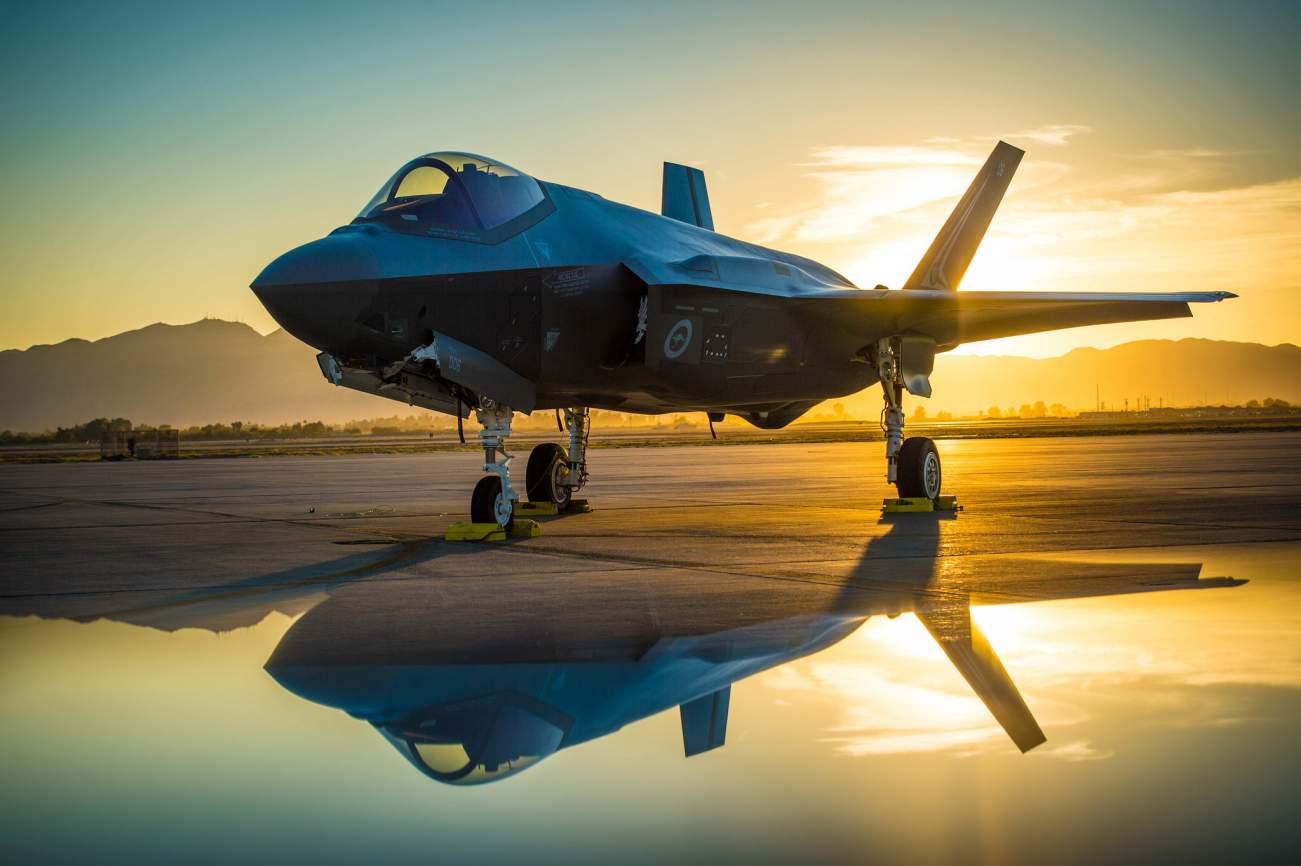Maj Gen P K Mallick, VSM(Retd)
A joint statement issued at the end of the bilateral dialogue declared.“They welcomed the signing of a Communications Compatibility and Security Agreement (COMCASA) that will facilitate access to advanced defence systems and enable India to optimally utilise its existing US-origin platforms.”
I am reproducing the portion of COMCASA from my paper.
Sensitive Issues
Though no doubt that Indo – U.S relations have improved considerable since the cold war days, there are number of issues which need to be addressed to take the relationship forward. These are sensitive in nature and would required highest forms of diplomatic tight rope working, sagacity and maturity.
Trade. While the United States and India have made tremendous strides on defense cooperation and counterterrorism efforts, that progress has not translated into smooth and successful trade relations. India's exports to the US in 2016-17 stood at $42.21 billion, while imports were $22.3 billion. India has taken steps to increase imports from USA which helped narrow the gap by over $1 billion last year. India will be importing oil worth $2.5 billion from the US this year.

















